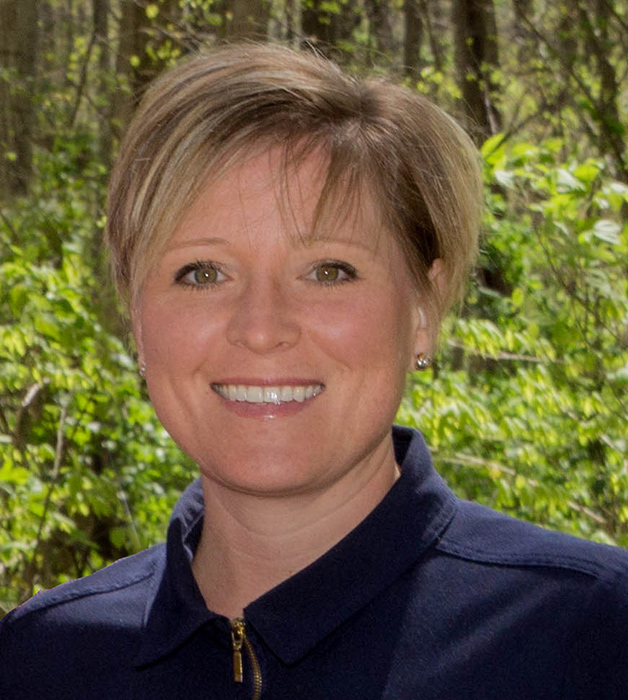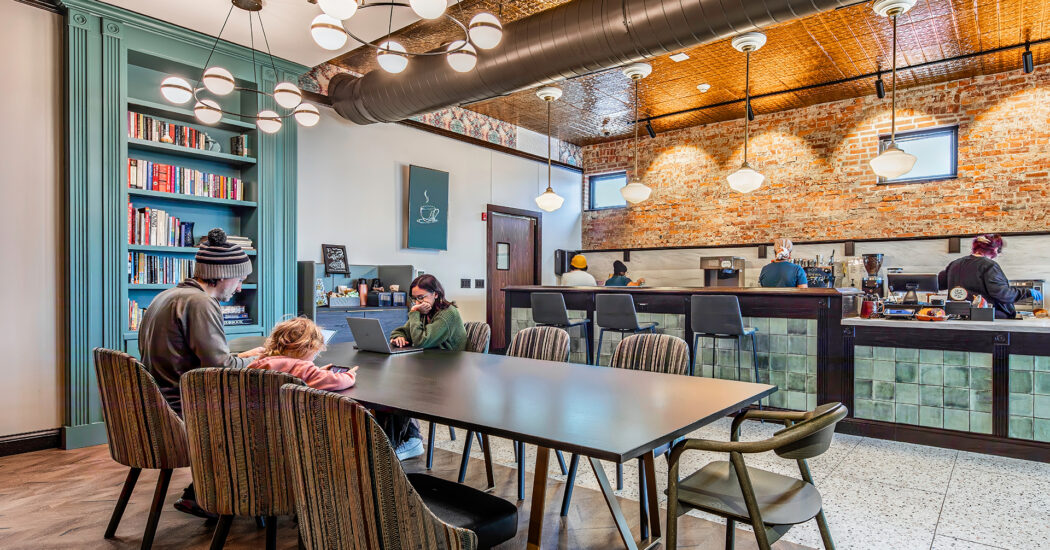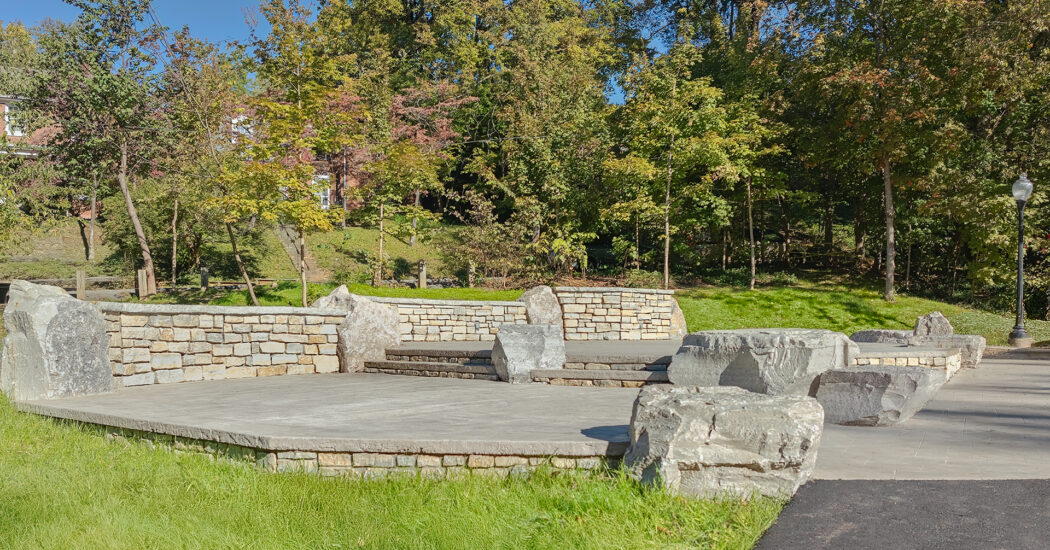Community Perspective: Corrie Meyer on Urban Revitalization
-
Category
Studio-Community -
Posted By
Schmidt Associates -
Posted On
Jul 23, 2019

Corrie Meyer, AICP, PLA, is an entrepreneur working in the urban environment as a certified Urban Planner and licensed Landscape Architect. As President and CEO of Innovative Planning, a central Indiana strategic planning firm, she provides visionary and adaptive leadership by delivering creative site layouts, pro-formas, and development solutions for mixed-use projects and communities. Her strength is overseeing development strategies that drive transformative change. Corrie is driven to inspire and support others to make a positive change in their environment by thinking through significant goals that influence the course of time.
You have done a lot of work in redevelopment. What do you see as the keys to revitalizing urban areas?
First is strong leadership. We need strong leadership in our cities and towns to develop a strong vision and to put together a team who can get things done. This could be mayors, or this could be engaged community or business leaders.
Vision is also important. The vision needs to guide the community. The right parties need to be a part of the process; you don’t want it to occur in a bubble. In some communities, the core group is elected officials and staff who are framing the vision. In other communities, the vision develops more organically through a grassroots effort. Having the right people involved ensures there is a strong group who serve as the founders of the idea and hold people accountable for executing it.
What role do anchor institutions have in the urban revitalization process?
Anchor institutions have a lot of influence. Their participation often leads to a stronger vision or stronger ideas. Any time you have the opportunity to collaborate, that makes for a project with long-term viability.
Anchor institutions might be able to bring along a potential tenant for a new building, or they may want to do an expansion in the area themselves. They may also bring financial resources or volunteers to get something done.
Downtown on Mass Ave in particular, what do you see as the important anchor institutions and influences on the revitalization of this area over the past few decades?
The Athenaeum is definitely an anchor institution here, as well as Riley Area Development Corporation and Mass Ave Merchants Association.
These three organizations and the people who work for them have dedicated their careers to creating a thriving Mass Ave area. They live and breathe it. The Athenaeum has brought people to Mass Ave—not for decades, but for centuries. It is the sole institution that kept Mass Ave alive and kept it from becoming another vacant, old commercial block up against the interstate. People will always know, remember, and enjoy the Athenaeum.
I’d also say there are some key individuals, people like Wayne Schmidt in fact, who invested early and often in their office’s neighborhood. Wayne has been persistent in making sure this cultural district is strong, which comes back to that strong leadership that is necessary to revitalize an area.
What are the biggest challenges that often come with redevelopment?
A challenge of redevelopment is financial feasibility. These urban renewal areas want to be dense. Today’s demand on mobility and independent travel, each of us having our own car, that is a major demand on the feasibility of redevelopment. Finding the available parking is difficult and costly. Making sure there are transportation options is key to making redevelopment more feasible.
It’s also important to facilitate equal opportunity for businesses and residents to thrive. We need to focus on mixed use, mixed income, mixed opportunity—all of those things help create diverse redevelopment. Sometimes developers are solely focused on bringing their product to a neighborhood, and it fits their mission and they can usually mold it into the community vision. The equitable distribution of opportunities isn’t just for the developer or the people holding the vision. It’s for the entire city.
Something else you don’t want to ignore is the preservation of culture. Urban renewal areas are areas that have been identified as needing a “refresh.” But it’s important you still preserve the culture of the area. Culture is long lasting; it stands the test of time. Buildings come and go and get new faces and new users. The culture of a space that everyone in the area feeds off is what makes a space unique.
What excites you most about where Central Indiana urban development is headed?
We have a strong creative class. We are attracting a new generation to Indianapolis, which is going to continue the momentum of strong investment in Central Indiana.
The Indiana Economic Development Corporation is continuing to shop and bring new jobs back to Central Indiana. That is exciting because that will bring more people, more opportunity, and more investment in our communities. Visit Indy also does an amazing job of promoting Indianapolis and bringing conventions here. If we can provide more opportunities to millennials and Gen Z, we will continue to be a strong economic hub of the Midwest.
While we don’t have iconic landscapes, the White River Master Plan will encourage interaction with the river and strengthen it as an asset. The airport is amazing and continues to make it easy for people to come in and out of Indianapolis. It all feeds together to create a strong metropolitan area, regardless of natural features.
Is there a specific project you’re looking forward to?
The next “it” spot will be Eleven Park, the soccer stadium development. It will serve as a catalyst for transformational development. It is unique over other projects because it will be the sole development that brings entertainment, workplace environment, residential, hotel, retail and restaurants all together. Being like a miniature city, and I think it is the stand-out project for this decade.







